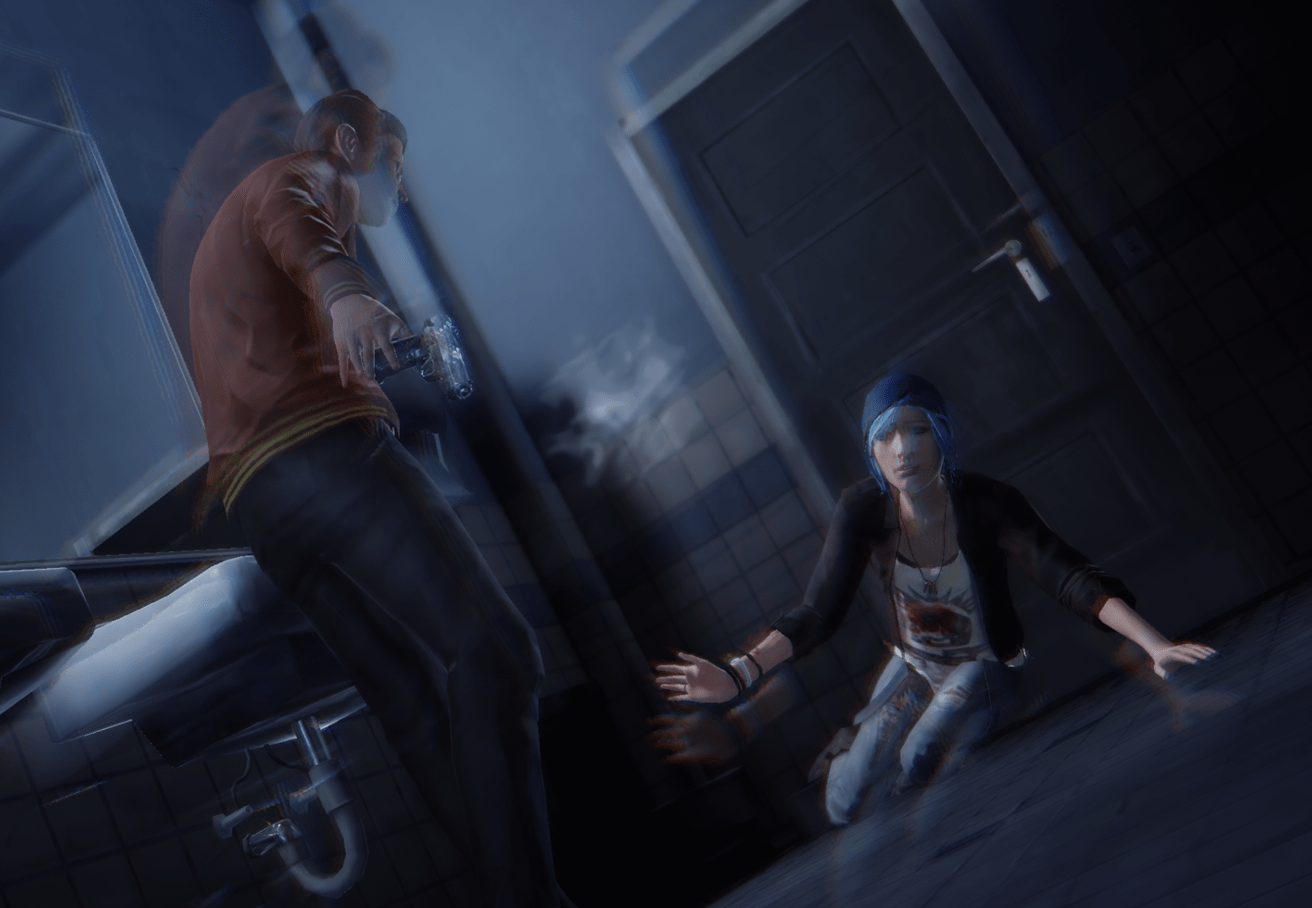For this week’s critical play, I played mystery adventure game, Life is Strange. Life is Strange is a series of primarily-episodic graphic adventure games developed by Square Enix. The series of games debuted in 2015, and has had several remakes / versions / downloadable content released every year since then. I played the iPad version of the game, which seems to align with the original / remastered story, where the main character can time travel and must use her powers to stop bad things from happening in her school/town.
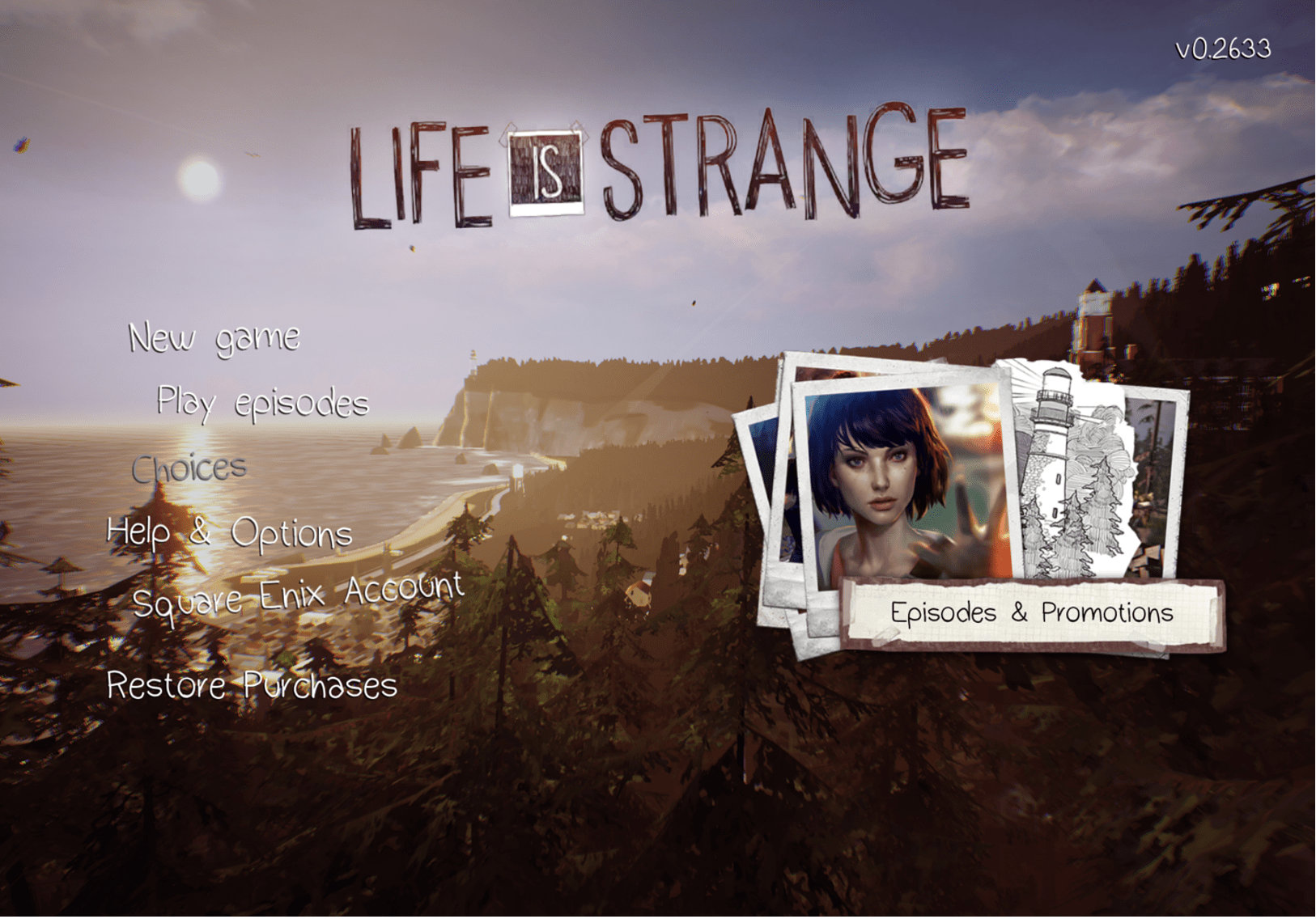
These were the formal elements of the iPad Pro version of Life Is Strange:
- Players: This version of the game was single-player, and relied on you playing from the main character, Max Caufield’s, perspective to navigate the game.
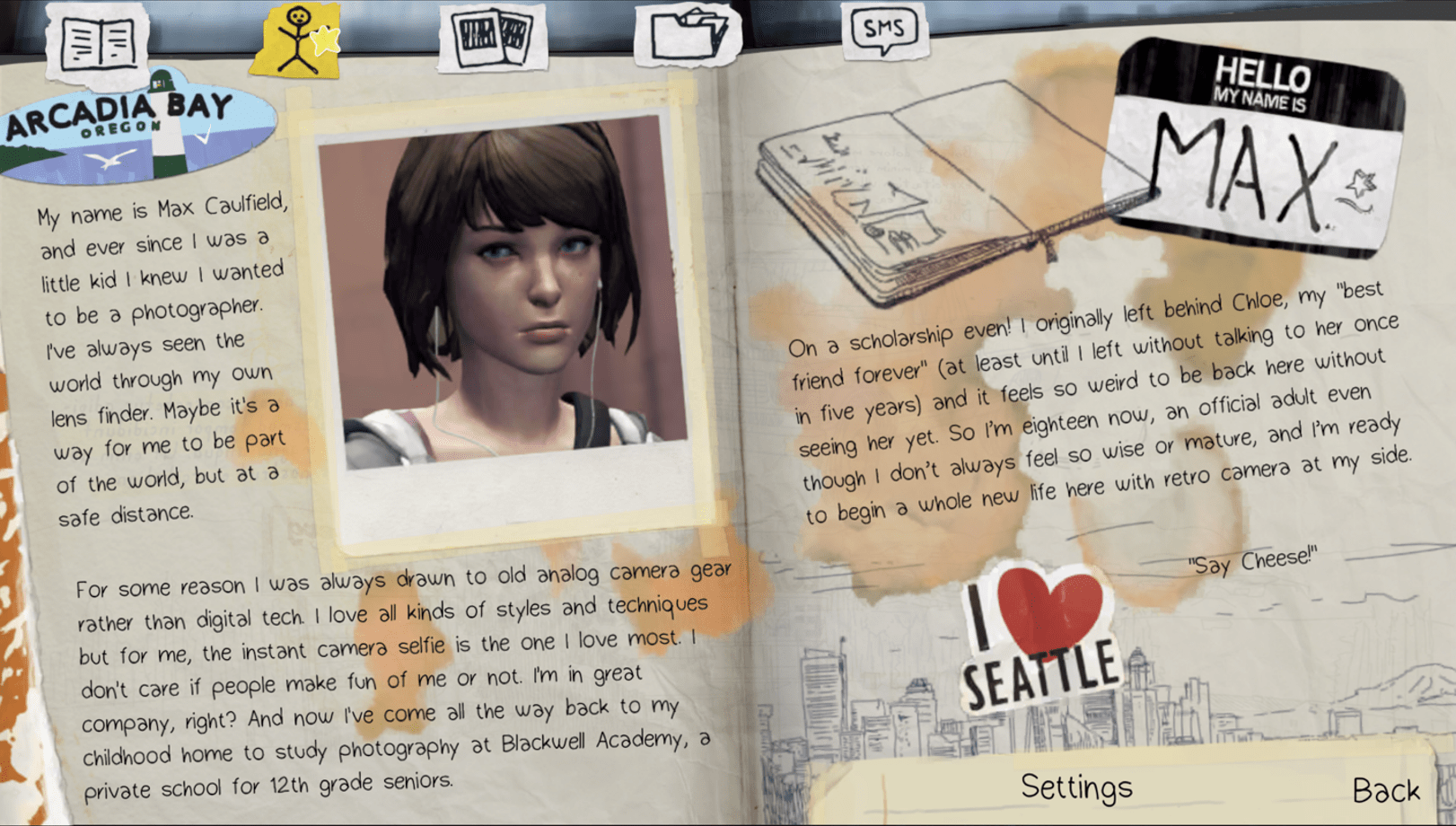
- Objectives/Goals: The goal was to use Max’s new-found time travel powers to create the best possible situation for herself and those around her. By rewinding time, they can uncover more about Max’s powers and the strange things going on in the town.
- Actions: The player was offered multiple different ways to interact with the game, allowing them to choose their own set of controls. Besides these main controls, players could tap items they saw on the walls, interact with items in front of them, rewind time, and do other interactions that arose as the game continued.
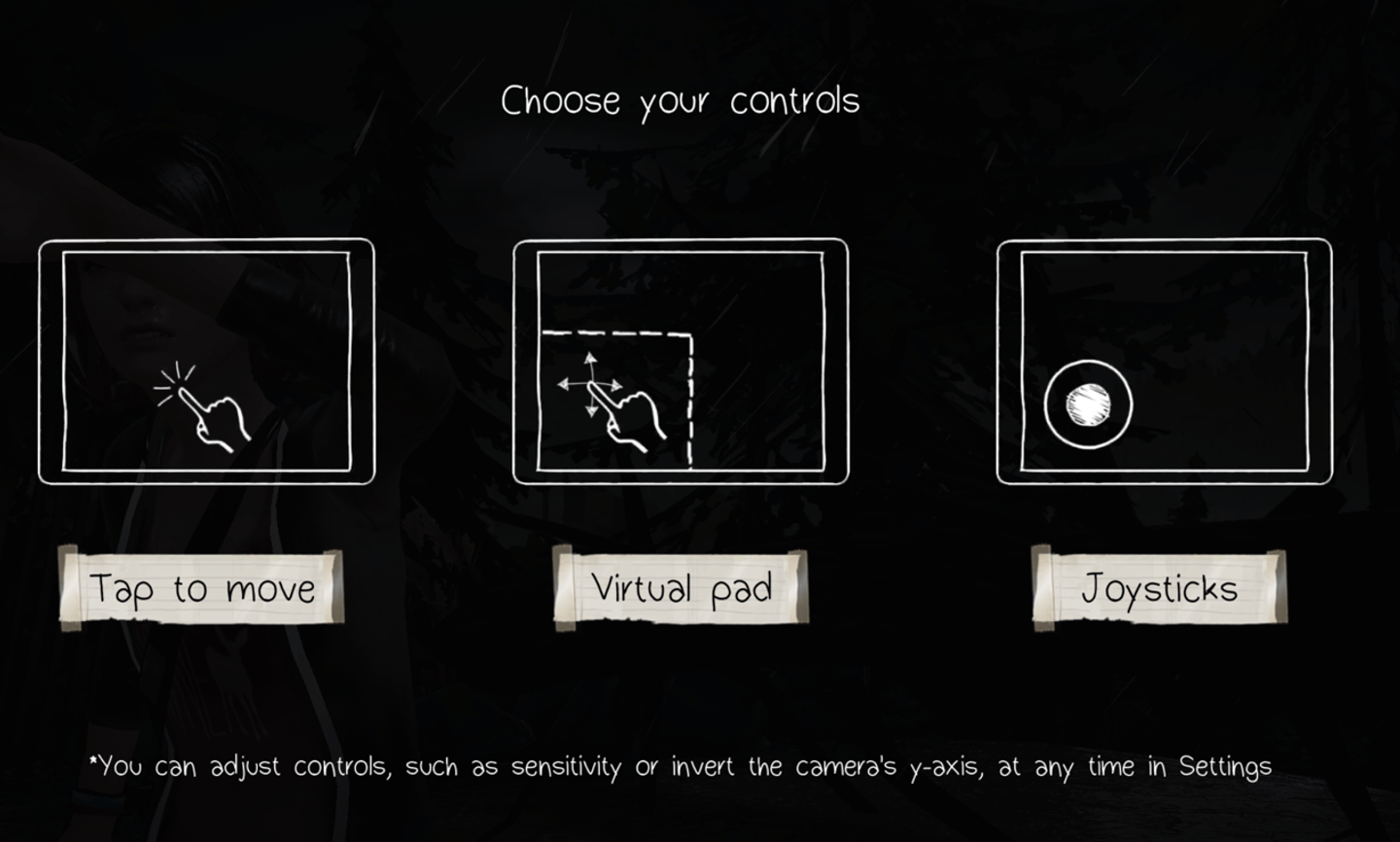
- Boundaries: The game itself doesn’t end quickly, as you have to make your way through the different levels, so the only boundary is between the player and separating themselves from the device.
- Path/Story: The story does have a general direction, but a lot of possibilities are left up to the player. You decide what items to look at, when to rewind, and which characters to talk to, meaning you get to steer Max’s story primarily. The general plotline is to find out more about what’s happening in the town, and the disappearing girl, so that is the story you will end up aligning with between all your personal choices.
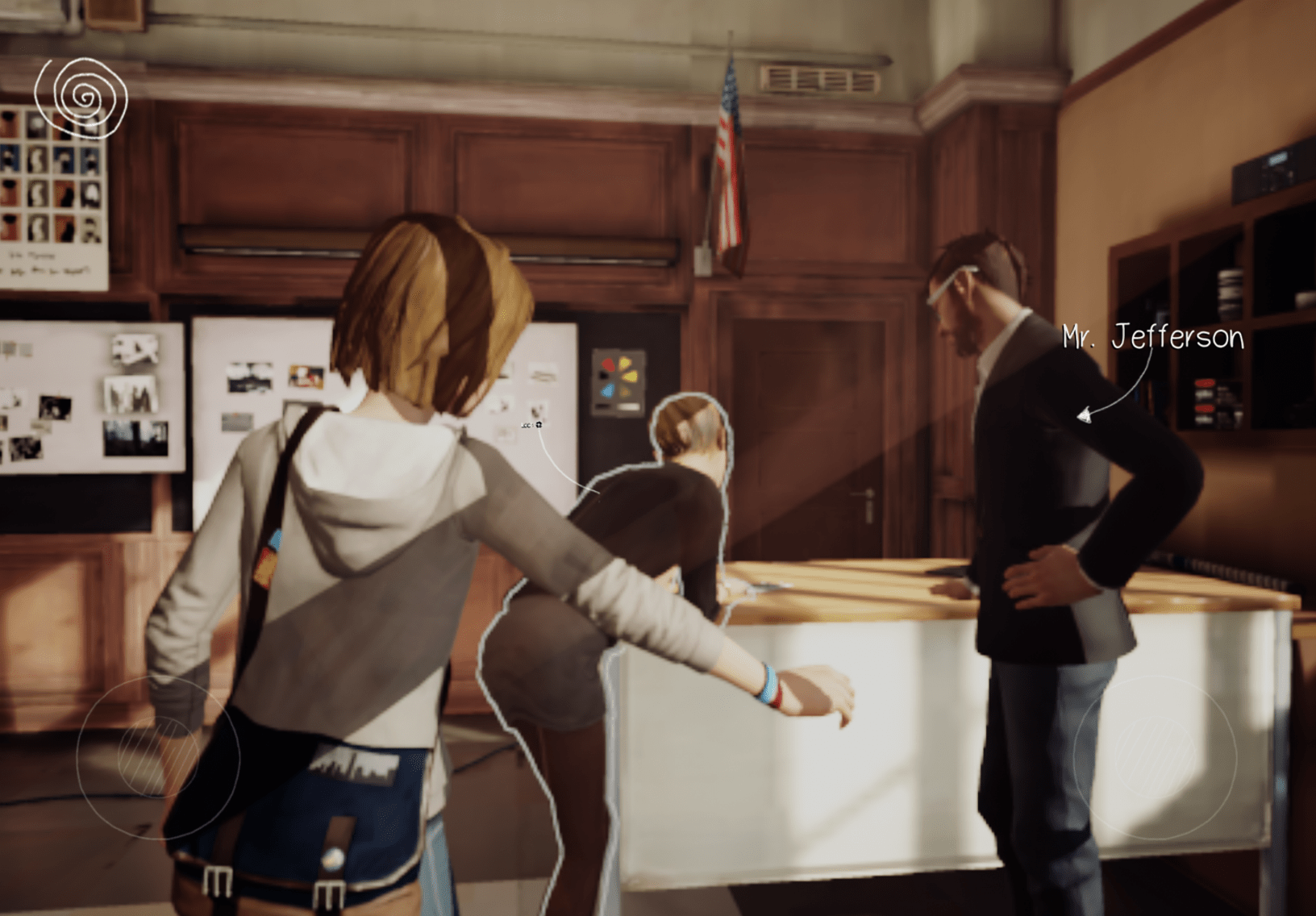
- From my short play session, I didn’t pick up on any specifics in terms of design conflicts, outcome, rules, rounds, or other game elements we’ve discussed previously.
Outside of the formal elements, the mystery component of the game was immersive and kept the player on the edge of their seat. From the start of the game, the use of the initial lighthouse scene not only made the user intrigued by the possible death of the main character, but also the question of, “How did we end up here?”.
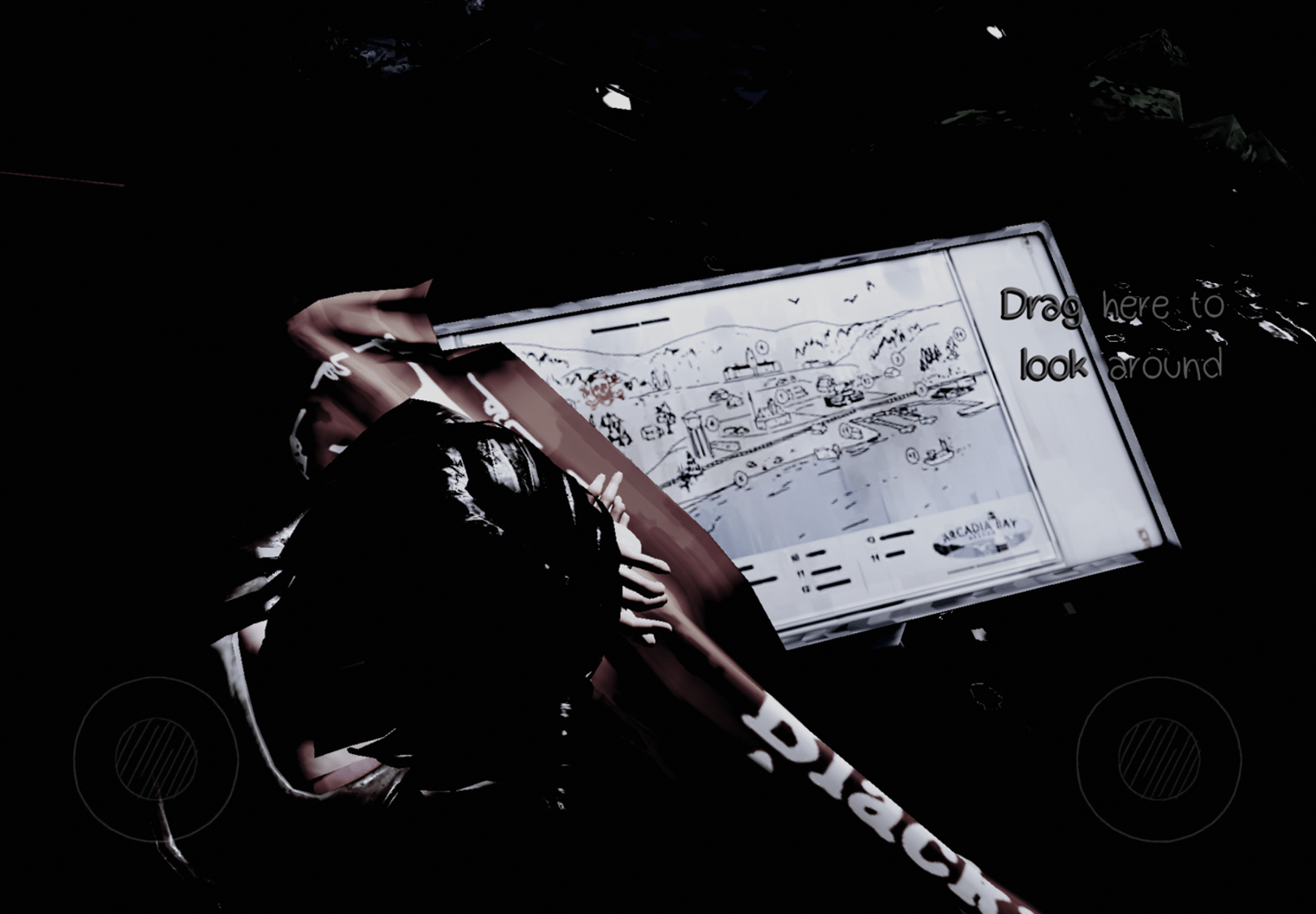
Once we got into the main story, the use of ominous symbols, such as the missing girl poster, kept us on the edge of our seats. Continuously, the main character’s journal made it clear how much progress we had or hadn’t made in the game. The combination of journal entries, photos of other characters, and location’s we hadn’t visited showcased how much of the game we still had to explore. This helped the player understand how much of the mystery was left to uncover, and question how we would do that on our own.
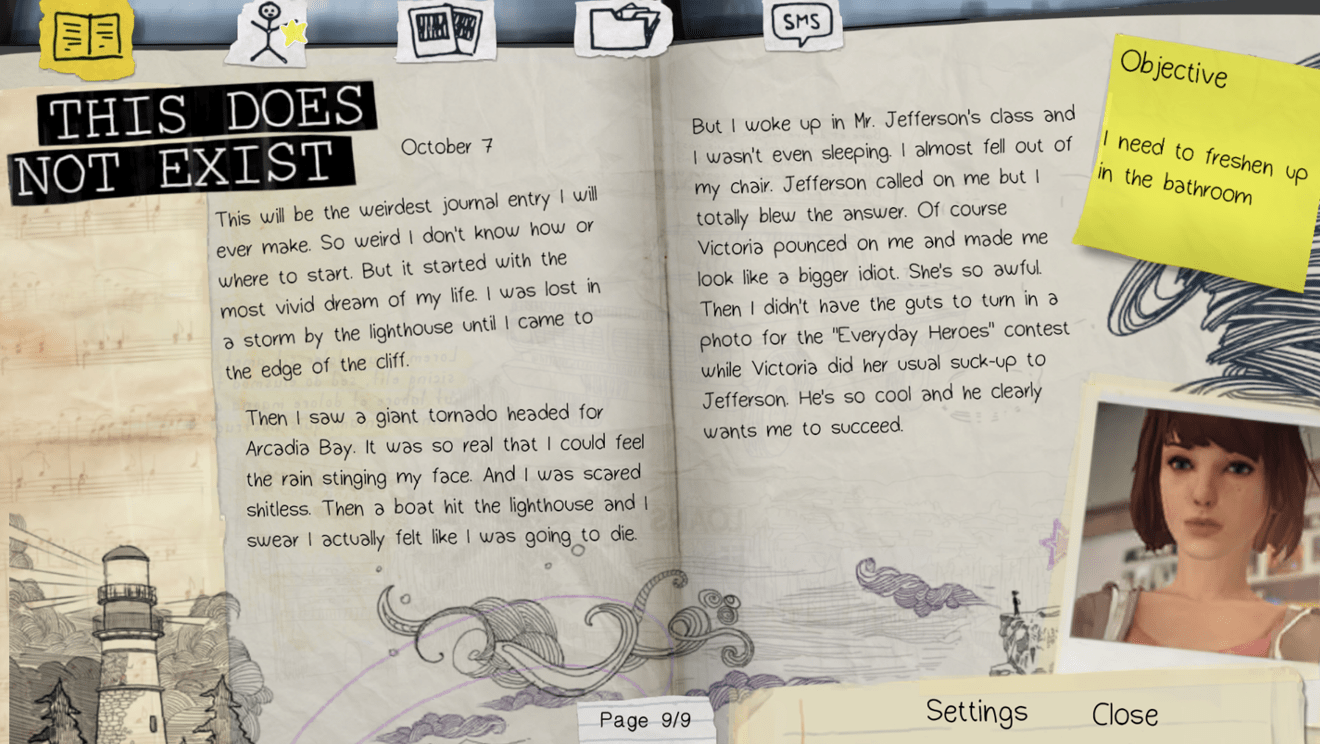
Lastly, the tense setting, dark and muted colors, as well as immersive story play (soundtrack, first-person POV, and more) made the mystery feel real. This was almost too real, as I started to feel physically nervous or jump when certain darker and heavier scenes occurred. Although these negative feelings pushed me away from playing the game, I can see how they create an enticing narrative that makes people want to continue to learn more.
